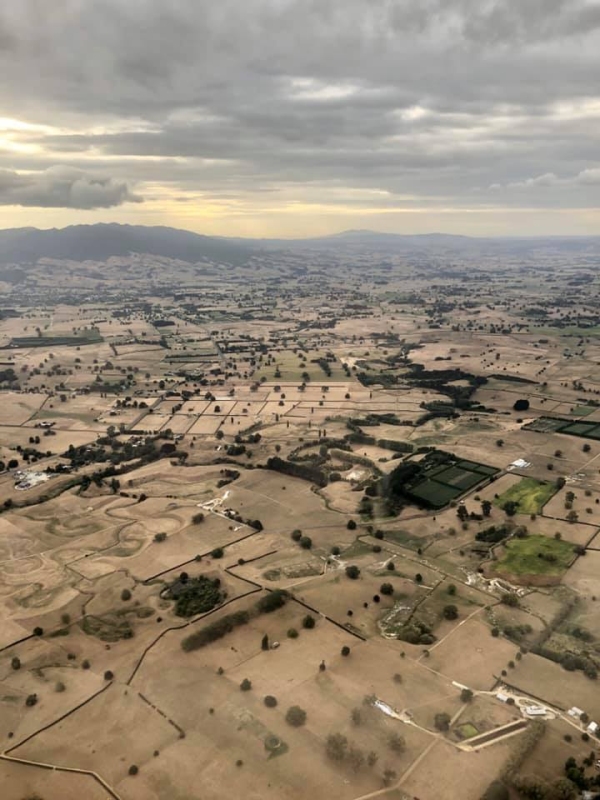Analysis of drought conditions across New Zealand this year shows it is one of the most severe on record for some regions.
And while conditions have improved in most regions, NIWA meteorologist Ben Noll says river flows and soil moisture levels remain below normal for large parts of the North Island and upper South Island while before last weekend drought still persisted in the Coromandel Peninsula.
NIWA meteorologist Ben Noll says figures show this year’s drought is notable for its wide reach and long duration.
“For some parts of the country this year’s drought was similar to the one in 2013 which was the worst in 40 years. This has hit hard, far and wide,” he says.
The 2013 drought affected the entire North Island plus the west coast of the South Island. This year the impact wasn’t quite as extensive but did range from the Far North to Canterbury.
Auckland has been particularly hard hit with more than 77 consecutive days spent in drought or severe drought, according to the New Zealand Drought Index. In 2013 the region experienced 58 consecutive days of drought.
A number of North Island locations recorded their driest January-April on record this year, including Whangarei, Auckland, Whitianga, Hamilton, Tauranga, Whakatane, Napier, and Taupo.
Other regions hard hit by drought this year include the Far North, Waikato, Gisborne, Hastings and Marlborough.
The most consecutive days in drought or severe drought during the longest droughts since 2007 are (according to the NZ Drought Index):
- Far North District: 72 days (2009-10), 65 days (2020), 40 days (2013)
- Auckland: 77 days (2020), 65 days (2010), 58 days (2013)
- Waikato District: 63 days (2013), 61 days (2020), 52 days (2014)
- Gisborne District (west): 47 days (2013), 37 days (2020), 12 days (2015)
- Hastings District (west): 33 days (2013), 29 days (2020)
- Marlborough District (south): 35 days (2020), 9 days (2019)
Mr Noll said the drought was caused by several factors including persistent, blocking high pressure systems in the northern Tasman Sea and north of the North Island, suppressing rain-bearing weather systems to the south.
There was also a lack of moist, northerly air flows and a persistently positive Southern Annular Mode early in the year which was associated with more tranquil weather in the New Zealand region.
NIWA climate scientist Petra Pearce says this year’s drought highlights the projections from NIWA’s regional climate modelling for northern and eastern areas of New Zealand (particularly the North Island) to become more drought-prone with ongoing climate change over this century.
“Average rainfall is projected to decrease for those areas, particularly during spring and summer, which combined with increased temperatures (and therefore greater evapotranspiration/uptake of water by plants) is likely to result in more frequent and severe droughts.”
Related information:
- Auckland set to break dry spell record
- Ten years of weather with you
- NZ Drought Monitor
- More climate news

